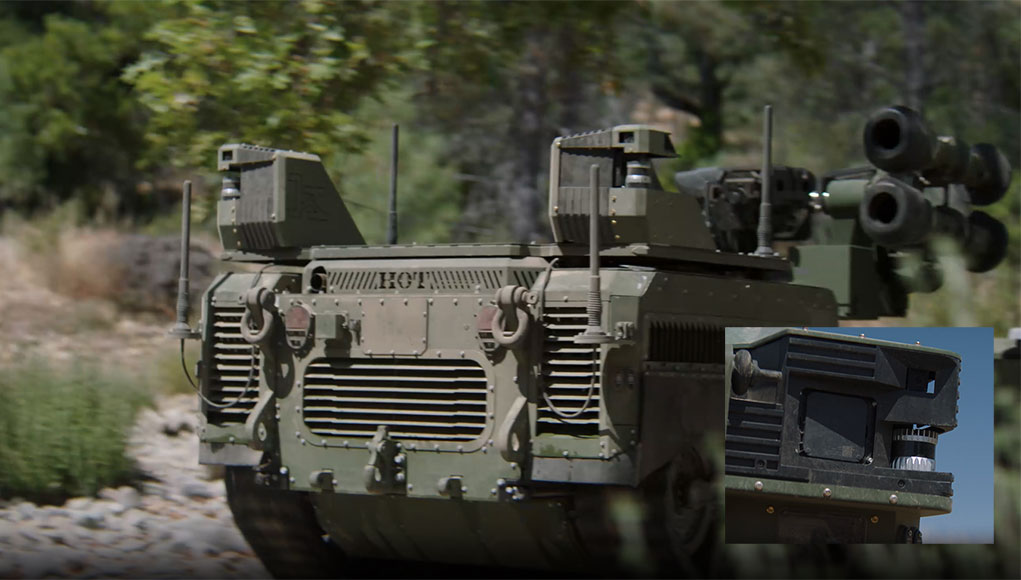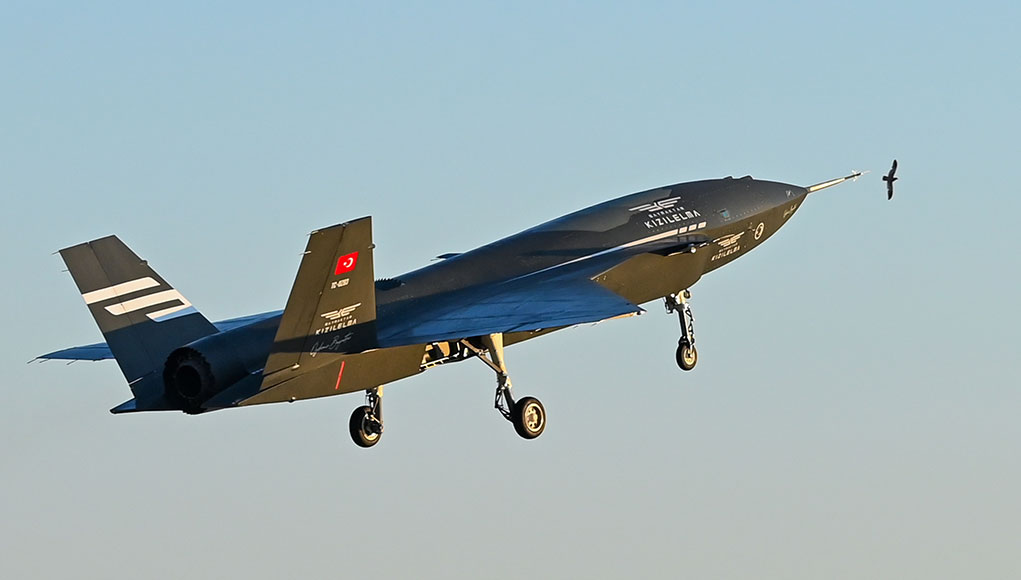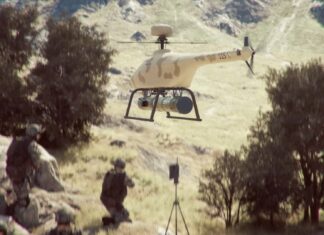The production prototype of Bayraktar KIZILELMA, Türkiye’s first indigenously developed unmanned combat aircraft, has completed its maiden flight. This was the third production prototype of Bayraktar KIZILELMA, with tail number TC-ÖZB3. In July, the Bayraktar KIZILELMA PT-3 was transferred to the AKINCI Flight Training and Test Center in Çorlu, Tekirdağ. Before the flight, the prototype passed critical ground tests, including the engine run-up test, automatic taxi tests, run tests, and lift-off tests. The Bayraktar KIZILELMA project, initiated in 2021 with 100% equity by Baykar, achieved its first flight in record time. After rolling off the production line on November 14, 2022, the prototype completed ground tests and took to the skies on December 14, 2022. The project continues to make rapid progress.
The development of Bayraktar KIZILELMA continues at full speed, with significant advancements integrated into the production prototype. Structural improvements, alongside enhancements in avionics architecture, have been implemented. The flight was conducted with an afterburner engine, which enables the aircraft to approach the speed of sound. With improved aerodynamics, KIZILELMA will perform better at high speeds and maneuvers. The AESA radar will ensure high situational awareness, allowing the aircraft to execute complex missions effectively.

Kodiak and Textron Launch RIPSAW M3 Autonomy Kit
Kodiak and Textron Systems have unveiled the autonomous RIPSAW M3, integrating Kodiak’s advanced self-driving system into Textron’s fully uncrewed vehicle platform. This collaboration marks the first time Kodiak has equipped a tracked vehicle with its autonomous technology, specifically designed for military operations.
The RIPSAW M3 is engineered to perform a variety of high-risk missions, including reconnaissance and tactical maneuvers, across diverse terrains. It features four Kodiak modular DefensePods, which provide 360-degree visibility. DefensePods are an adapted version of Kodiak’s modular, swappable SensorPods designed for military use. They are pre-calibrated, pre-built hardware enclosures with sensors necessary for autonomous driving. DefensePods can be swapped in the field in 10 minutes or less using standard tools and minimal training.
The vehicle also employs an advanced perception system to navigate autonomously using Assisted Autonomy technology. This feature enables remote human control when necessary, enhancing mission flexibility and safety by reducing the risk of vehicle disablement in unfamiliar settings.

DEFTECH LLC Unveils Advanced Tandem-Wing UAVs at ADEX 2024
Azeri defense company DEFTECH introduced a new tandem-wing Unmanned Aircraft System (UAS) designed for military reconnaissance and surveillance missions this week at the ADEX 2024 exhibition in Baku.
The tandem-wing UAS features a unique design combining fixed-wing and multirotor aircraft advantages. The DT-101 system uses hybrid propulsion, with an internal combustion engine driving a pusher propeller and four electrically powered lift rotors for vertical takeoff and landing. It boasts a flight endurance of up to 10 hours. Another variant, DT-001, can carry two loitering weapons, weighing seven kilograms each, under the fuselage. The UAV and the loitering weapons utilize DEFTECH’s Tande-Wing concept, optimizing aerodynamic efficiency and endurance. (Read more)

Combat Realities Drive Drone Innovation on the Eastern Front
Ukrainian FPV drone recently demonstrated a carriage under a fixed-wing VTOL UAV and mid-air release as it detached from the mother drone at a high altitude. Telegram channel Clash Report explains the new method can be used for long-range FPV drone deployment (using the UAV as a relay) and self-protection against enemy FPVs. The Russians have also begun equipping their UAVs with rear-view cameras triggered by signals typically associated with FPV drone communications. This technique helps alert the UAV pilot and enables taking evasive actions. Another new adaptation by the Russian designers is the use of Starlink high-speed communications systems on Geran-2 One Way Attack (OWA) UAV, the Iranian-designed and manufactured Hesa Shahed-136. This is the first known instance of Russia using a Shahed UAV with Starlink. Such a link allows the Russians to designate targets for the new versions of those drones, equipped with EO seekers, from hundreds or even thousands of kilometers away. Utilizing a satellite link, Geran-2 extends its flight range of up to 2,000 km, according to the Clash Report.
Russia Secretly Established Drone Production in China
Russia reportedly established a secret weapons program in China to develop and produce long-range attack drones for use in the Ukraine war. The program taps Chinese-based Russian subsidiaries that manufacture essential components and complete drones for Russia. For example, IEMZ Kupol, a Russian state arms manufacturer Almaz-Antey subsidiary, produced more than 2,500 Garpiyas between July 2023 and July 2024 under an order worth over US$10 million. Sources claim this drone, similar to the Iranian Shahed 136, has a flight range of 2,000 km and a payload weight of 50 kg. Another design, called REM-1, has a payload capacity of 400 kg. China’s foreign ministry told Reuters it was unaware of such a project, adding that Beijing had strict control measures on exporting drones or unmanned aerial vehicles (UAVs). The exposure of this cooperation at such an early stage by Western intelligence sources was likely aimed at preventing Chinese open support for this cooperation. Reuters first published this story.




















